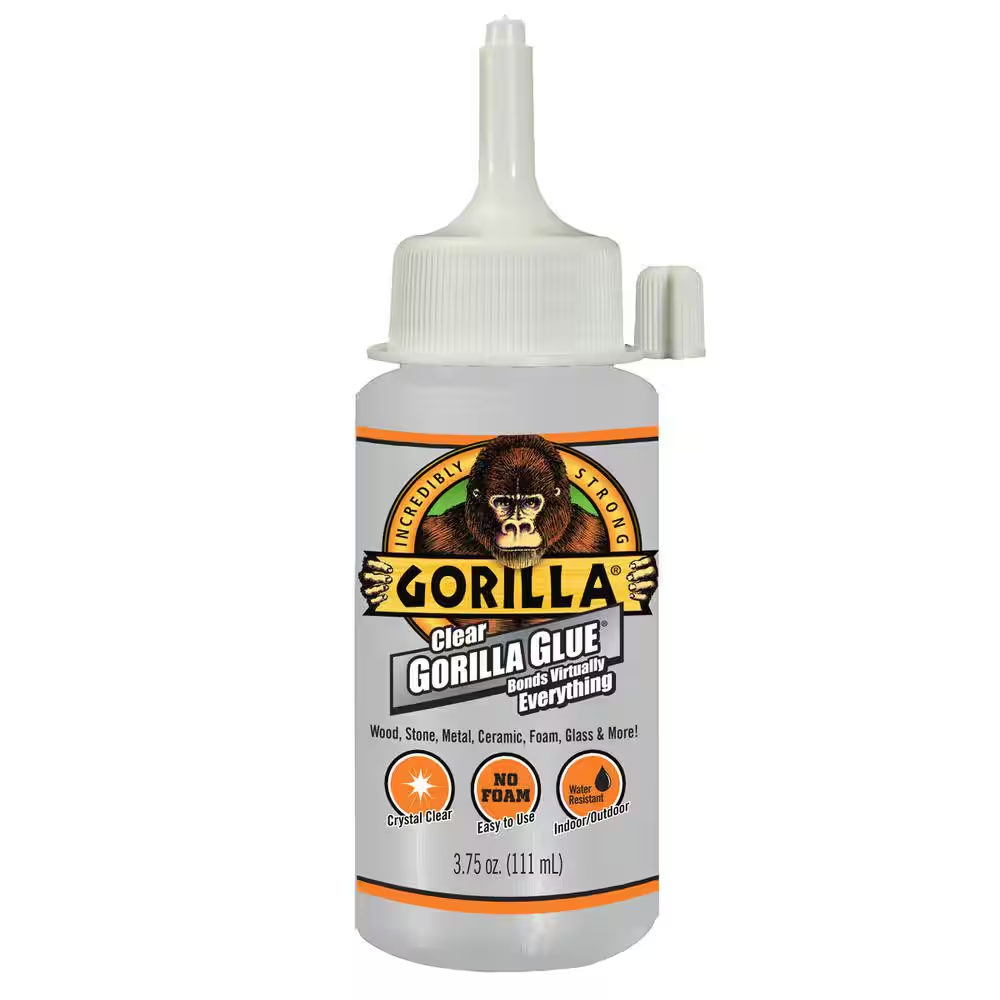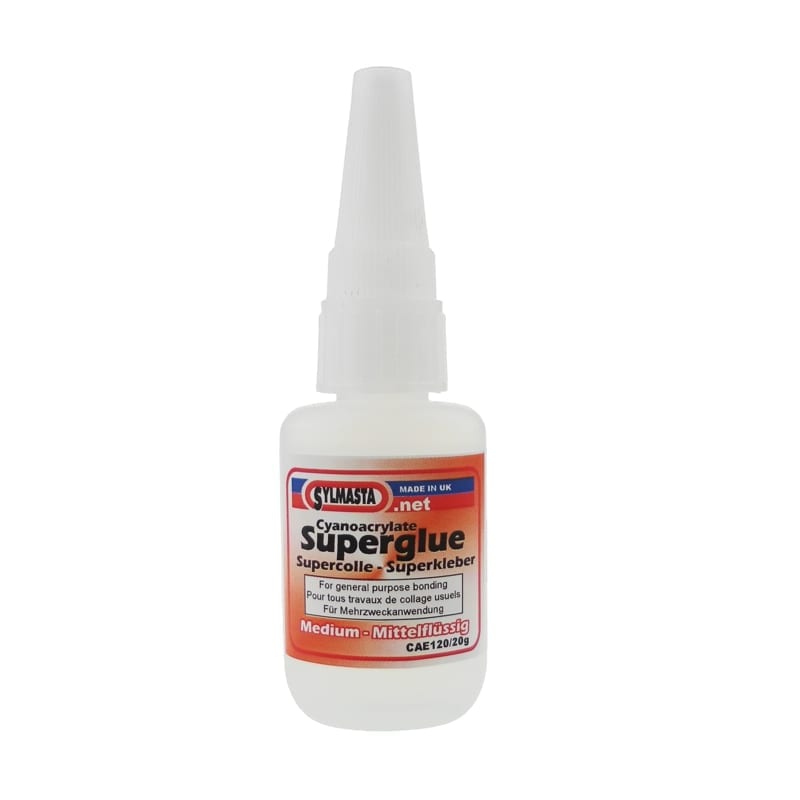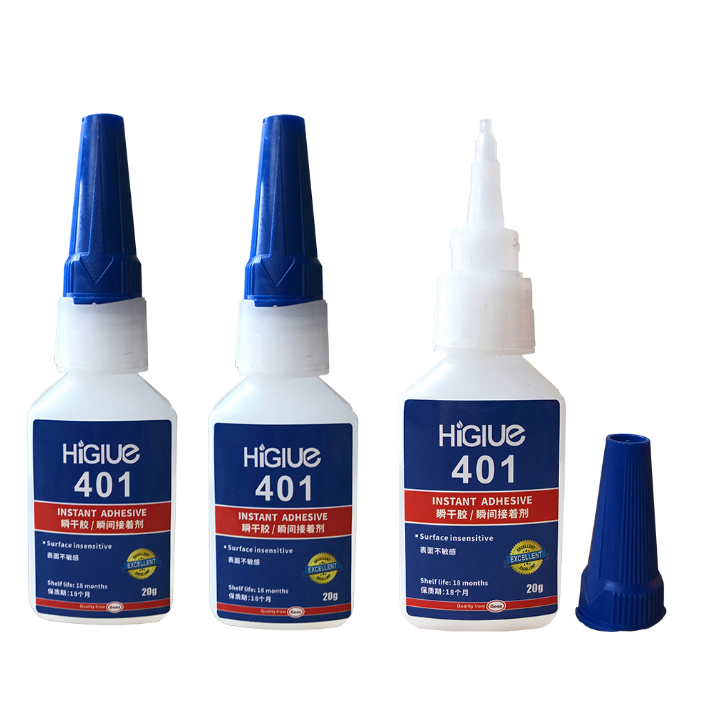Ceramics hold a special place in our lives. Whether through cherished heirlooms, functional kitchenware, or beautifully crafted décor, these items are often an integral part of our daily routines. However, accidents do happen, and broken ceramic pieces are a common occurrence. Fortunately, with the right adhesive, it is possible to restore these items to their former glory. This article will delve into the best glue for ceramics, exploring their properties, advantages, and ideal uses for crafting and repairing.
Understanding the Types of Ceramic Glue
Epoxy Adhesives
When it comes to gluing ceramics, epoxy adhesives often come highly recommended. Epoxy consists of two components: a resin and a hardener. When mixed together, they create a strong, durable bond. This type of adhesive works well for various ceramic items, including pottery, porcelain, and earthenware.
Epoxy adhesives are known for their excellent strength and resistance to water, heat, and chemicals. This makes them ideal for items that receive regular use, such as dishes or decorative pieces that may encounter moisture. The bonding process typically takes around 5 to 30 minutes, depending on the specific product, and achieves full strength after 24 hours.
Cyanoacrylate Glue
Another popular choice for ceramic repair is cyanoacrylate glue, commonly known as super glue. This adhesive is fast-acting, forming a strong bond within seconds. It is perfect for quick fixes and small repairs, making it easy to keep on hand for emergencies.
While cyanoacrylate glue works effectively with ceramics, it may not hold up as well under stress, humidity, or heat compared to epoxy. Therefore, it is best suited for lightweight items or pieces that do not endure heavy usage. It is also important to note that cyanoacrylate glue can become brittle over time, potentially resulting in future breakage.

Exploring Crafting Applications
Creating Ceramic Art
For those who enjoy crafting, using the right glue is essential for creating ceramic art pieces. Epoxy adhesives are favored for their stability and strength, allowing artists to combine various components without worrying about structural failure. For instance, if a ceramic artist is creating a mixed-media piece that includes different materials, epoxy provides the reliability needed for a long-lasting bond.
Additionally, some artists may employ cyanoacrylate glue for smaller components or finishing touches. This glue’s fast curing time allows for quick assembly, enabling artists to focus on the creative process. When working with ceramics, both types of glue can complement one another, depending on specific project needs.
Repairing Ceramic Creations
Beyond crafting, ceramic enthusiasts may find themselves in need of repair. Whether it is a beloved mug or a decorative figurine, chips and cracks can occur. Epoxy adhesives are the go-to solution for repairing ceramics in these situations. Their strong bonding capabilities can hold together larger pieces, restoring both functionality and beauty.
To effectively repair a broken ceramic item using epoxy, the first step is to clean both broken surfaces thoroughly. Any dust or grease will weaken the bond. Once clean, mix the resin and hardener following the manufacturer’s instructions. Apply the glue evenly on both surfaces, press them together, and hold them firmly for the recommended time. This careful attention to detail can lead to a successful repair.
Criteria for Selecting the Right Glue
Bond Strength
When selecting best glue for ceramics, bond strength is paramount. The adhesive’s ability to withstand pressure and stress depends on how well it can unite the ceramic pieces. Epoxy adhesives generally offer superior bond strength, making them the preferred option for heavy-duty repairs.
However, for lighter objects or decorative pieces that are not frequently handled, cyanoacrylate glue may suffice. Always consider the intended use of the repaired item when choosing an adhesive. A strong bond is critical for longevity, so investing in the right glue is a wise decision.
Cure Time and Working Time
The curing time of an adhesive significantly impacts how much flexibility the user has during the repair process. Epoxy adhesives tend to take longer to cure, which allows users to position and adjust pieces before the adhesive sets. This is especially important when dealing with intricate or detailed ceramic items.
Conversely, cyanoacrylate glue offers a quick bond but leaves less room for adjustments. Users must act swiftly when applying this type of adhesive, as it begins to cure almost immediately. Understanding these timeframes can help users select the appropriate glue based on their specific project requirements.

Surface Preparation Techniques
Cleaning the Ceramic
Before applying glue, preparing the surfaces to be bonded is crucial. Whether using epoxy or cyanoacrylate glue, both types require clean surfaces for the best results. Start by washing the ceramic pieces with warm, soapy water to remove any dirt or grease. After washing, let them dry thoroughly.
For stubborn residue, a gentle abrasive cleaner may be effective. Make sure to rinse well and dry the pieces completely. If there are any chips or rough edges, they can be smoothed using fine-grit sandpaper. Properly prepared surfaces will enhance the adhesive’s bonding ability.
Scuffing the Surface
In some cases, especially when using epoxy, scuffing the surfaces can improve adhesion. Lightly sand the areas where the glue will be applied. This creates a rough texture for the adhesive to grip onto, making the bond stronger. Use fine-grit sandpaper to avoid damaging the ceramic material while ensuring that enough texture is created.
Once the surfaces are scuffed, repeat the cleaning process to remove any dust from sanding. Preparing the surfaces properly can lead to successful repairs and longer-lasting durability.
Safety Considerations
Working with Epoxy
While epoxy adhesives provide excellent strength, they can also pose safety risks if not handled properly. Many epoxy products emit fumes during the curing process, which can be harmful in enclosed spaces. Always work in a well-ventilated area to minimize exposure to these fumes.
Additionally, skin contact with epoxy should be avoided, as it can cause irritation. Wearing gloves can protect the hands during application. If any epoxy is accidentally spilled, clean it immediately with acetone or a recommended solvent. Taking these precautions will ensure a safe working environment.
Using Cyanoacrylate Glue Safely
Cyanoacrylate glue, while effective, also requires careful handling. The adhesive bonds skin instantly, which can be quite painful if fingers become stuck. It is advisable to handle this glue carefully and to use gloves if necessary.
In the event of accidental skin bonding, do not pull or yank the skin apart. Instead, soak the affected area in warm soapy water to allow the glue to weaken. In severe cases, acetone can be used to dissolve the adhesive. Understand how to work with these products safely to avoid any personal injuries during crafting or repairing processes.

Reaching a Successful Bond
Applying the Glue
Careful application of glue is critical to achieving a strong bond. For epoxy adhesives, it is essential to mix the resin and hardener according to the manufacturer’s instructions before applying. Use a wooden stick or a similar tool for mixing and application. Apply a thin layer of epoxy to both surfaces you wish to bond, ensuring even coverage.
For cyanoacrylate glue, apply a small drop to one of the surfaces. A little goes a long way with this type of adhesive, so avoid over-applying. Press the pieces together firmly to allow the glue to do its job. Monitoring the bonding process is important in order to address any potential gaps or issues.
Finalizing the Repair
After the glue has been applied, allow the pieces to set as recommended by the manufacturer. Avoid handling the item during this curing period to prevent disruption of the bond. Once cured, inspect the repair to ensure that the pieces have adhered securely. If desired, any excess glue that has squeezed out can be carefully trimmed away for an aesthetically pleasing finish.
For further reinforcement, consider applying a clear sealant over the repair after the glue has dried completely. This not only protects the bond but can also enhance the overall appearance of the ceramic piece. A clear sealant provides an extra layer of durability, especially for items that experience regular use.
Embracing Craft and Repair
In conclusion, knowing the best glue for ceramics is key to successful crafting and repairing. Epoxy adhesives and cyanoacrylate glue each offer unique benefits that cater to different needs. When determining which best glue for ceramics to use, consider factors such as bond strength, cure time, and surface preparation techniques.
By preparing the surfaces properly and taking safety precautions, users can maximize the effectiveness of their chosen adhesive. Understanding the nuances of each product can lead to successful repairs, allowing individuals to keep their beloved ceramic items in excellent condition.
Embracing the art of crafting and repairing ceramics ensures that cherished pieces can be maintained over time. Instead of discarding broken items, individuals can restore them with the right glue and a little patience. In doing so, they not only enhance their creative skills but also preserve sentimental items for future generations.